
The Perfect Blend of History and Fantasy
Historical fantasy is a genre growing in popularity. Many famous historical figures have earned themselves a retelling of their…
December 7, 2018
Historical fantasy is a genre growing in popularity. Many famous historical figures have earned themselves a retelling of their…
December 7, 2018
Recently a fellow aspiring screenwriter reached out to me on social media. She was having problems with figuring out…
December 4, 2018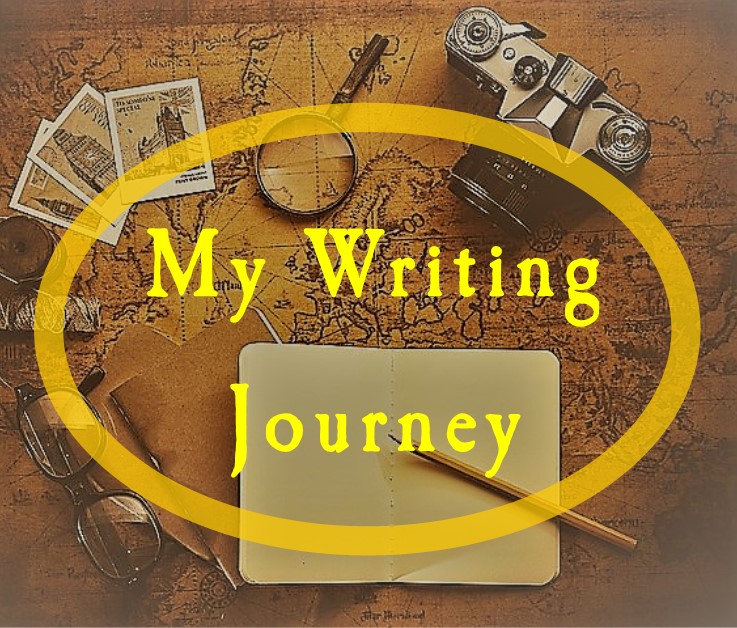
Once upon a time I was a frazzled mom of toddlers paging through a parenting magazine in a brief…
December 3, 2018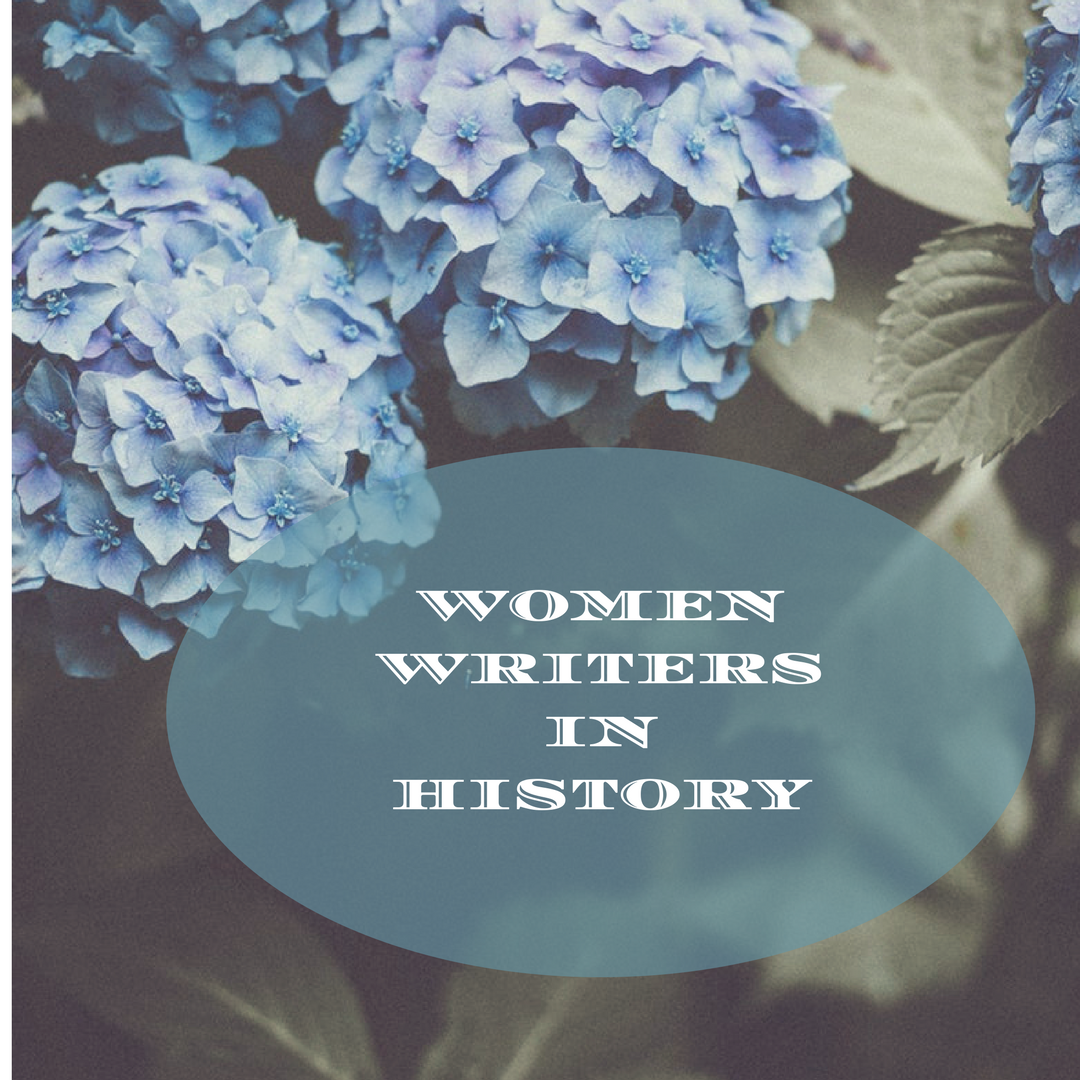
I’ve decked the halls at the Ross Ranch with all manner of Christmas splendors, adorning trees and every random…
December 2, 2018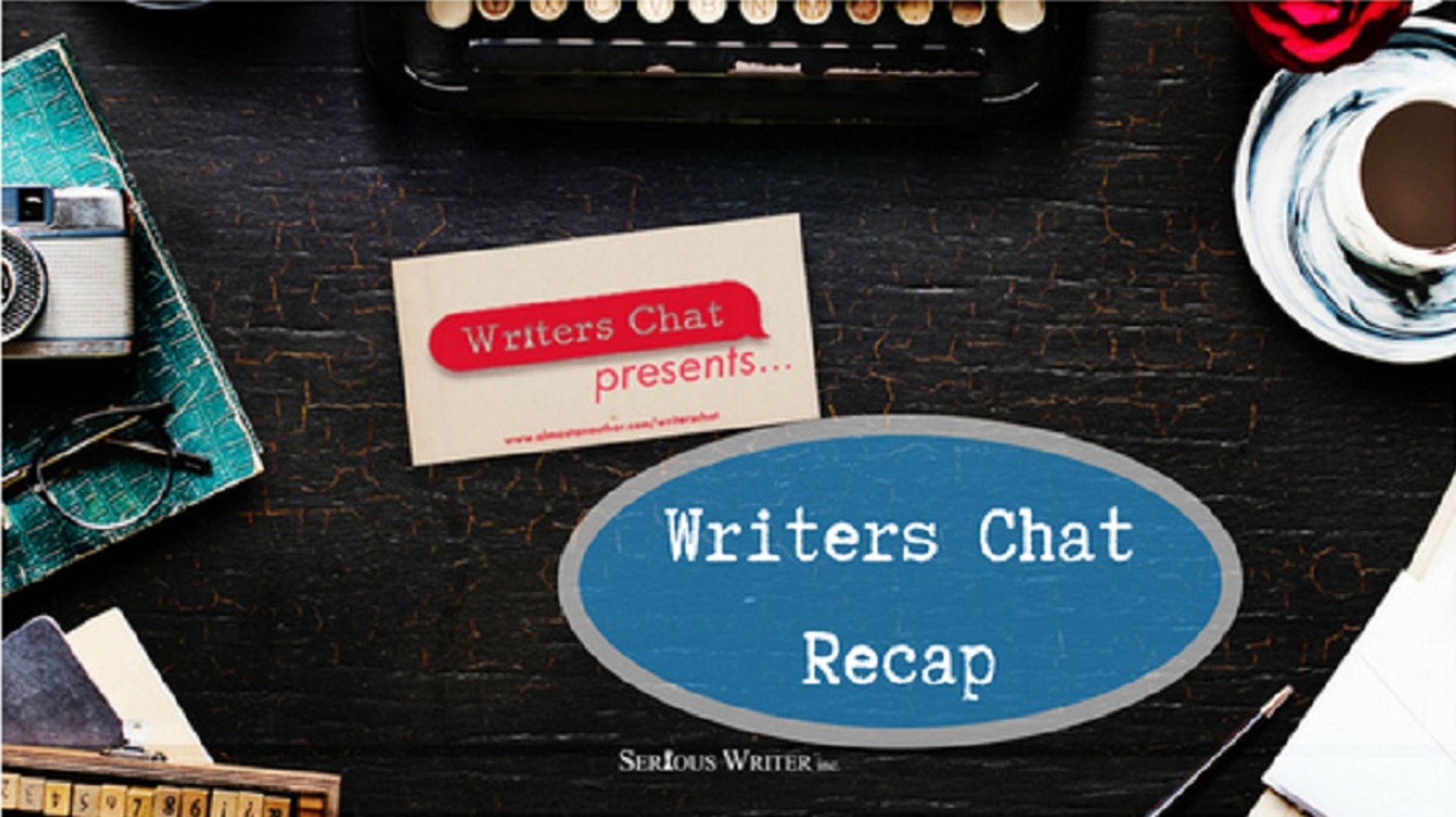
Writers Chat, hosted by Jean Wise, Johnnie Alexander, and Bethany Jett, is the show where we talk about all…
November 30, 2018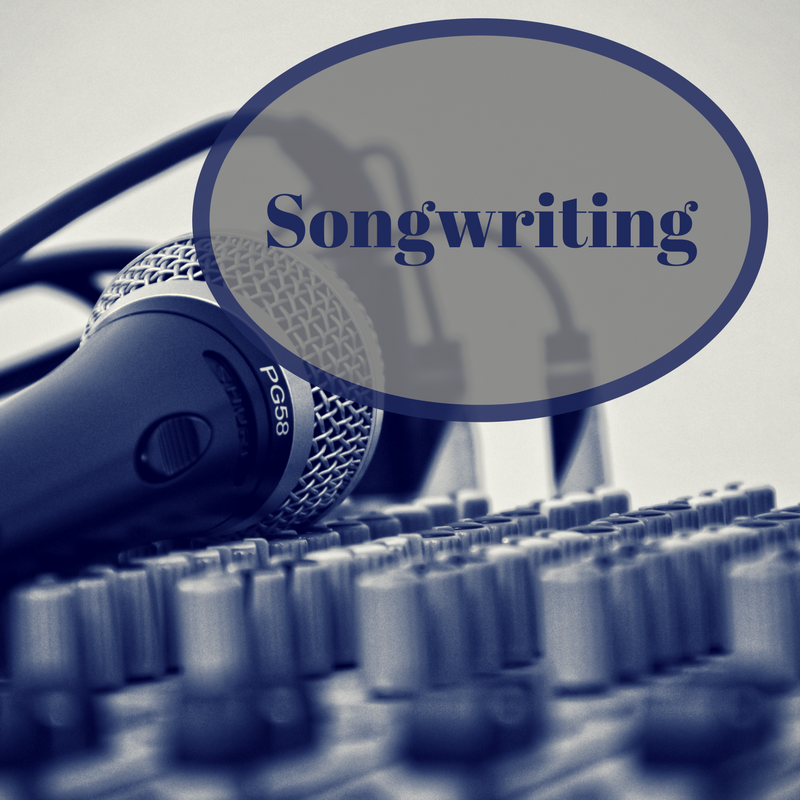
I hate to admit it, but writer’s block is just as prevalent in songwriting as it is in fiction…
November 28, 2018
Hiking can quickly change from breathtaking scenery to a breathtaking fall. We have to watch our steps in order…
November 27, 2018
Roseanna White writes amazing historical fiction with complex plots, unique characters–ie family of reformed grifters in this series–and well-crafted…
November 26, 2018
Do you have a posting strategy for the holidays? I read a post from a fellow author stating she…
November 24, 2018
The first reaction I get when I tell another romance writer that I write sweet love stories is often…
November 23, 2018
When thinking about the dialogue in our story, whether fiction or nonfiction, we must consider perspective. With each story,…
November 22, 2018
Thanksgiving is tomorrow! Yay! It really is my favorite holiday. It’s all about gratitude, family, friends, food and for…
November 21, 2018
Board games − at some time in our lives, most of us have awakened on Christmas morning to find…
November 20, 2018
Authors begin a new story by creating and building their characters—the hero, heroine, and villain, but shouldn’t we also…
November 17, 2018
The life of a writer isn’t for the faint-hearted, is it? Words do not always order themselves on the…
November 16, 2018
Writers Chat, hosted by Jean Wise, Johnnie Alexander, and Bethany Jett, is the show where we talk about all…
November 15, 2018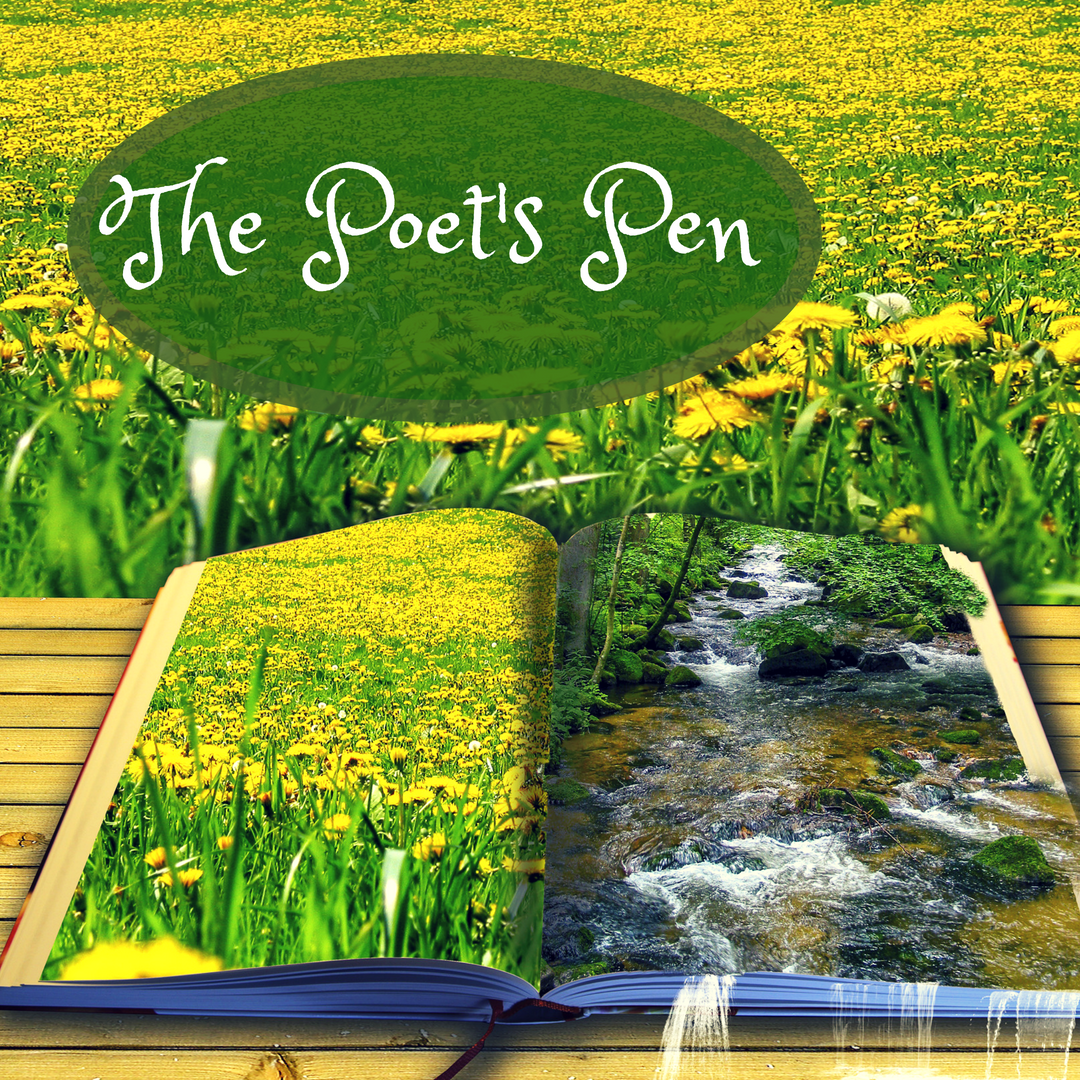
There are many ways to show gratitude and writing a Thanksgiving poem is the way many have expressed themselves…
November 13, 2018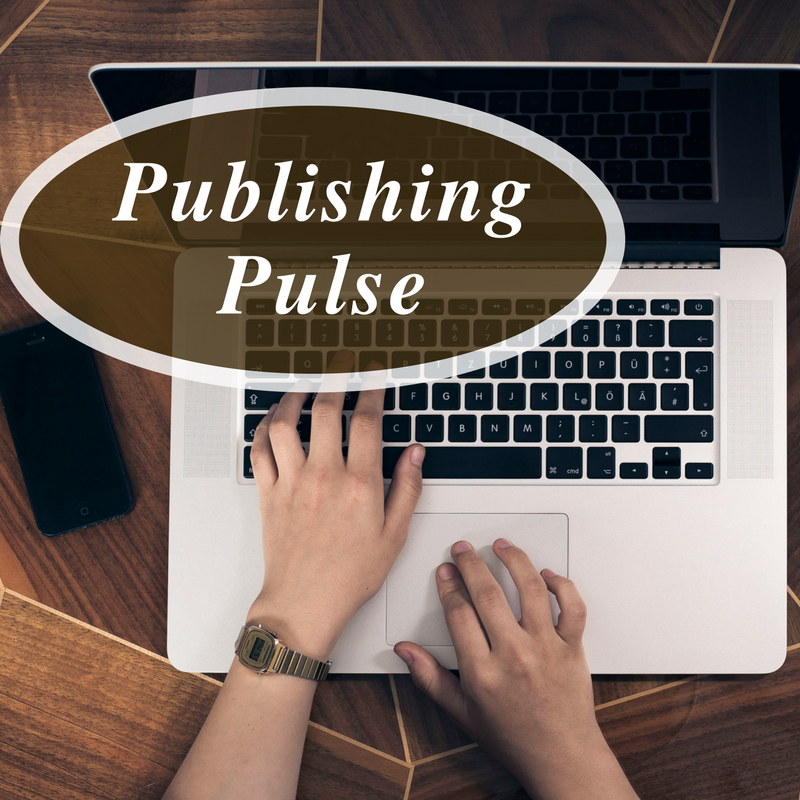
I recently read some advice to self-published authors, to the effect that Lulu offers their clients a “free” ISBN—but…
November 12, 2018
It may seem counterintuitive, but we can actually improve our productivity by taking breaks. God invented the concept of…
November 8, 2018
Most authors will hit a dry spell at some point in their career. Whether they consider it “writers block”…
November 7, 2018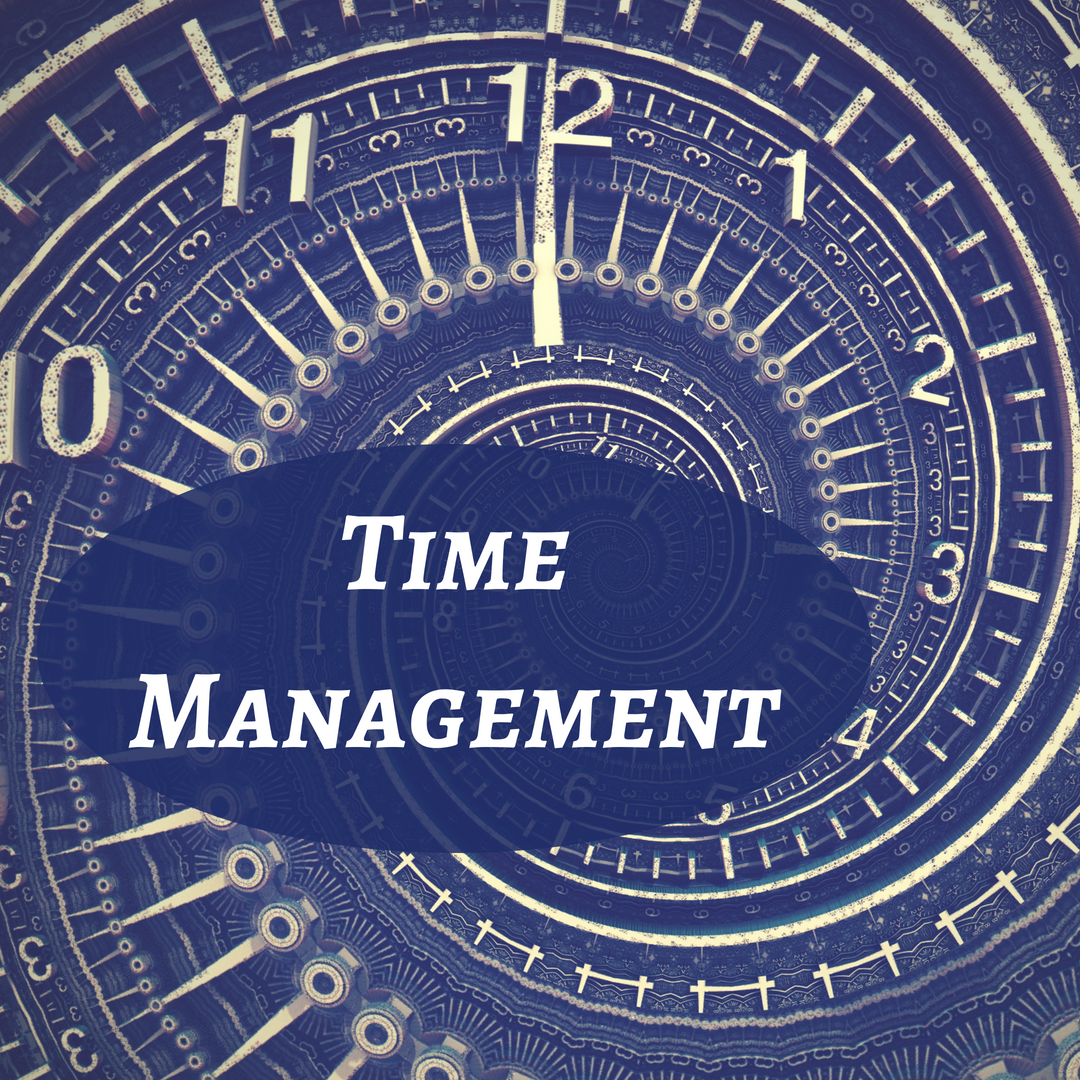
As most of us know, this month (November) is known to writers as “NaNoWriMo” or “National Novel Writing Month.”…
November 5, 2018
A few months ago, I was asked by an agency to do a rewrite of an older screenplay I…
November 4, 2018
The fact I started writing a full-length novel as full-time student might seem a little scary, and you’d be…
November 3, 2018
With the November holiday season upon us, turkey tops the menu lists for traditional American fare at family gatherings.…
November 2, 2018
Talented. Well-intended affirmation sculpted my ego into a thin glass spine. Unaware of how fragile my assurance would soon…
October 31, 2018